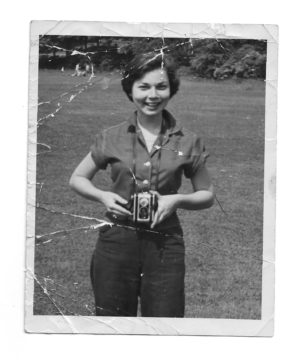Charles Finch in The New York Times:
 The field is all but clear now, and it seems safe to say that the two most important long-form journalists this country produced in the second half of the last century were Joan Didion and Janet Malcolm. Their differences are more evident than their similarities: the cold Los Angeles burn of Didion’s work, the measured New York ambiguity of Malcolm’s. Still, perhaps it’s no accident that both were white women, marginalized by definition, yet not so strictly that it prevented either from slipping into the mainstream as witness, as recorder. Both were born in 1934, and both died in 2021. A world goes with them.
The field is all but clear now, and it seems safe to say that the two most important long-form journalists this country produced in the second half of the last century were Joan Didion and Janet Malcolm. Their differences are more evident than their similarities: the cold Los Angeles burn of Didion’s work, the measured New York ambiguity of Malcolm’s. Still, perhaps it’s no accident that both were white women, marginalized by definition, yet not so strictly that it prevented either from slipping into the mainstream as witness, as recorder. Both were born in 1934, and both died in 2021. A world goes with them.
These are the kind of truth claims that Malcolm spent a career questioning, of course. A writer for The New Yorker since 1963 — one of that magazine’s great reciprocal relationships, the reporter and the institution enriching each other — she specialized in subjects, including art, psychoanalysis and crime, that admitted of no easy truths, not even in the presence of facts.
That makes the dilemma of her superb final book, “Still Pictures,” obvious. How could a writer so famously, effectively skeptical of subjective stories write an autobiography? Malcolm solves the problem with characteristic elegance: Nearly every short chapter of “Still Pictures” is headed by a grainy black-and-white photograph, whose calls to memory she heeds, repels and bargains with in turn by subtle turn.
More here.
